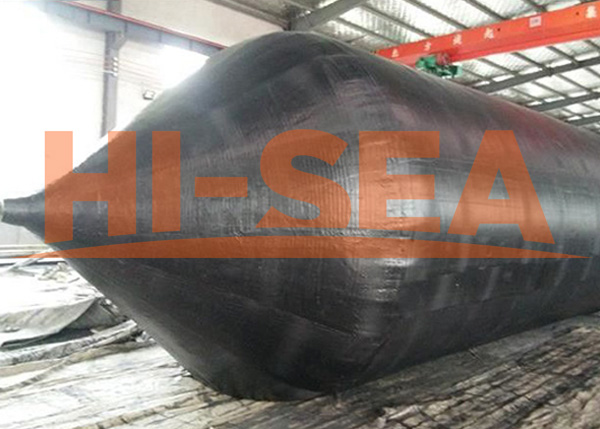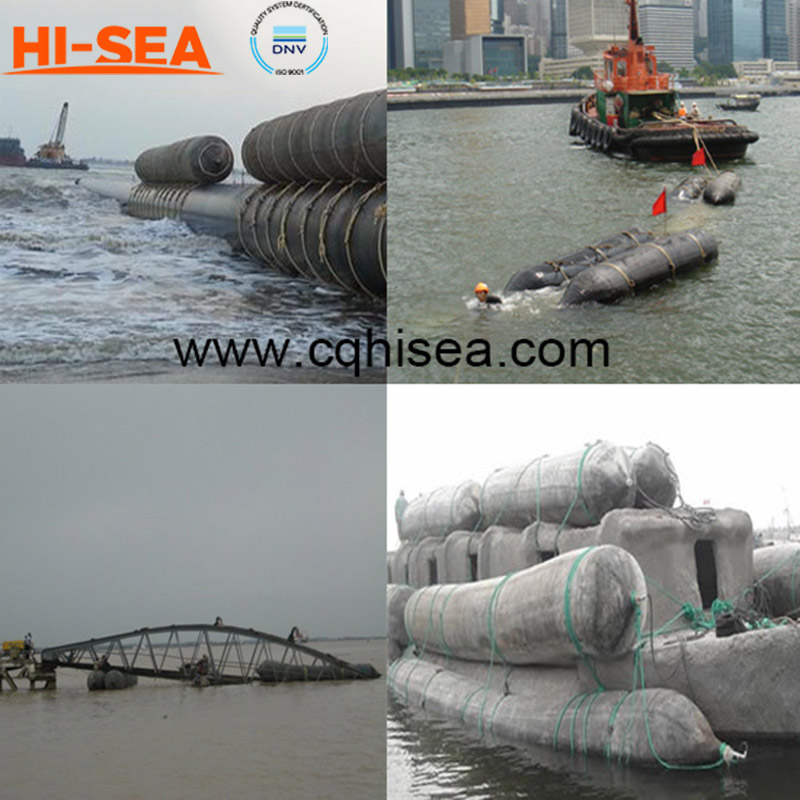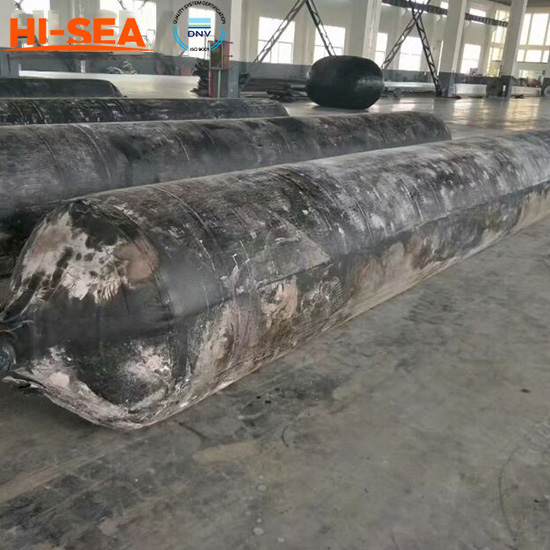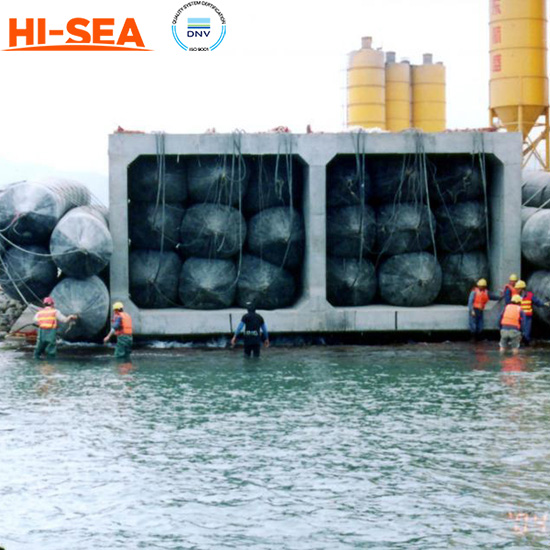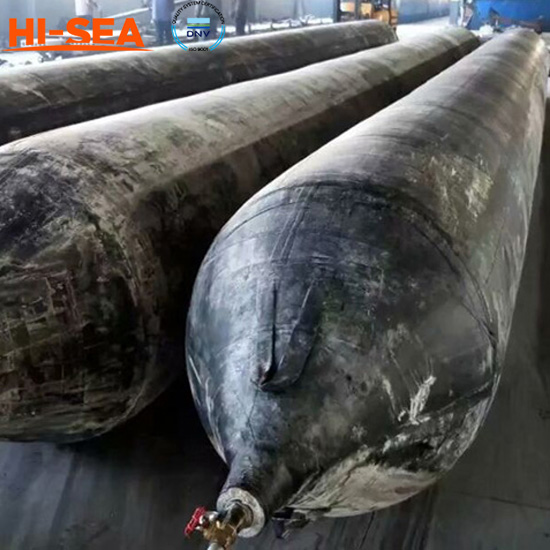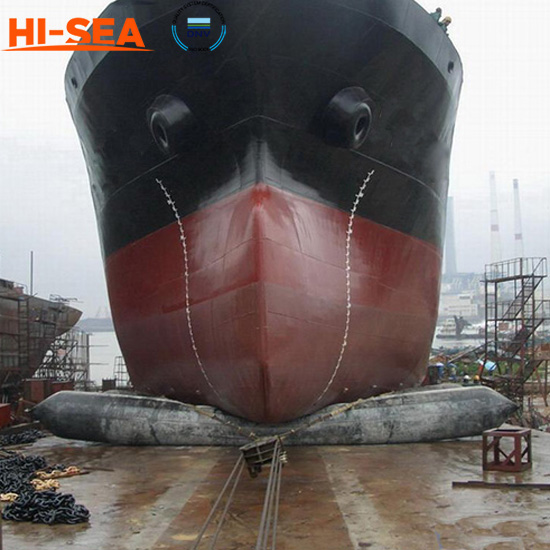MARINE & OFFSHORE EQUIPMENT
- Dredging Equipment
- Marine Deck Machinery
-
Marine Mooring Equipment
-
Marine Anchor
- AC-14 HHP Anchor
- Admiralty Anchor
- Beldt Stockless Anchor
- Bruce Anchor
- Spek Anchor
- Danforth HHP Anchor
- Delta High Holding Power Anchor
- GB11579-89 Light Weight Anchor
- Hall Anchor
- High Holding Power Mastrosov Anchor
- Hot Dip Galvanized Anchor
- Japan Stock Anchor
- JIS Stockless Anchor
- Pool Anchor
- Single Fluke Anchor
- Stainless Steel Anchor
- Stevpris MK5 Anchor
- Stingray Anchor
- US Navy Stockless Anchor
-
Marine Anchor Chain
-
Marine Shackle
- Kenter Shackle
- D Type Joining Shackle
- Pear Shaped Shackle
- Anchor Swivel Shackle Type A
- Anchor Swivel Shackle Type B
- Buoy Shackle Type A
- Buoy Shackle Type B
- C Type Detachable Connecting Link
- D Shackle
- Forelock Shackle
- Anchor Chain Swivel Group
- Straight Shackle
- Anchor Shackle
- Marine Triangle Plate
- Anchor Chain Swivel
- Anchor Chain Joining Shackle
- Anchor Chain End Shackle
- Slim Kenter Shackle
-
Chain Chaser
-
Marine Bollard
-
Marine Chock
-
Marine Fairlead
-
Marine Chain Stopper
-
Marine Mooring Reel
-
Marine Towing Bracket
-
Mooring Rope
-
Marine Towing Hook
-
Marine Shark Jaw
- Marine Fender
-
Marine Buoy
- Marine Floating Pontoon Dock
-
Marine Anchor
- Aquaculture Equipment
- Marine Outfitting Equipment
- Marine Propulsion System
-
Marine Painting
-
Marine Auxiliary Machinery
- Marine Air Compressor
- Marine Air Receiver
- Marine Sewage Treatment Plant
-
Marine Diesel Generator Set
- Marine Oil Water Separator
- Ballast Water Management System
- Marine Hydrophore
- Marine Calorifier
- Seawater Desalination Plant
-
Marine Oil Separator
- Marine Fuel Oil Supply Unit
- Marine Heat Exchanger
-
Marine Hot Well Unit
-
Marine Incinerator
-
Marine Boiler
-
Marine Valve
- JIS Marine Valve
- DIN Marine Valve
- ANSI Marine Valve
- GB Marine Valve
- CB Marine Valve
- CBM Marine Valve
-
Marine Gate Valve
-
Marine Globe Valve
-
Marine Angle Globe Valve
-
Marine SDNR Valve
-
Marine Angle SDNR Valve
-
Marine Check Valve
-
Marine Storm Valve
-
Marine Butterfly Valve
-
Marine Quick Closing Valve
-
Marine Fire Valve
-
Marine Self Closing Valve
- Marine Valve Accessories
-
Marine Pump
- Marine Centrifugal Pump
- Marine Screw Pump
-
Marine Gear Pump
-
Marine Vortex Pump
-
Marine Ejector Pump
-
Marine Diaphragm Pump
-
Marine Piston Pump
-
Marine Fire Pump
-
Marine Emergency Fire Pump
-
Marine External Fire Pump
-
Marine Ballast Water Pump
-
Marine Fuel Pump
-
Marine Lubricating Oil Pump
-
Marine Bilge Pump
-
Marine Sewage Pump
-
Marine Domestic Water Pump
-
Marine General Pump
-
Marine Cargo Oil Pump
-
Marine Hand Pump
- Marine Pump Parts
- Marine Life-saving Equipment
- Fire-fighting Equipment
- Marine Cable
- Marine Electrical Equipment
- Marine HVAC
-
Labour Protection Appliance
- Marine Decorative Material
-
Marine Anode
- Marine Pipe Fitting & Flange
- Marine Instrument
- Ship Building Equipment
INDUSTRY EQUIPMENT
- Hoisting Equipment
- Welding Machine & Material
-
Cutting Machine
- Container Securing Fitting
- Link Chain
- Container & Storage Equipment
-
Diesel Generator Set
- Other Equipment and Tools
- Petrochemical Equipment
- Fiber Reinforced Plastics
- Polymer Materials
- Environmental Protection Series
- Geo-products and Building Materials
- Metal Mesh
- Steel Grating
-
Earthwork Teeth
-
Turnbuckle
STOCK LIST
Contacts
 Tel:+86-23-67956606
Tel:+86-23-67956606
 FAX:+86-23-67956622
FAX:+86-23-67956622
 Email:manager@cqhisea.com
Email:manager@cqhisea.com
Working Time: 9:00--17:00
Working Day: Monday to Friday Website: www.cqhisea.com

Marine Salvage Airbag
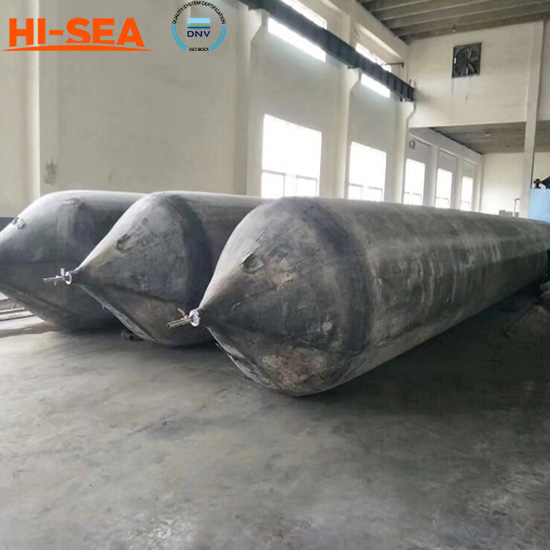
Marine Salvage Airbag
Overview:
A marine salvage airbag is a specialized inflatable device used in maritime operations to raise sunken or grounded vessels from the seabed or shallow waters. It is designed to provide buoyancy and lifting force by utilizing compressed air.
The airbag consists of a durable and flexible outer rubber layer, typically made from reinforced synthetic materials that can withstand the harsh marine environment. Inside the outer layer, there are several airtight compartments or chambers, often arranged in a cylindrical or spherical shape. These chambers are interconnected to allow for even distribution of air pressure.
To deploy the marine salvage airbag, it is first positioned strategically around the submerged or stranded vessel. Compressed air is then pumped into the airbag using specialized equipment, filling the compartments and causing the bag to inflate. As the airbag expands, it creates a lifting force underneath the vessel, helping to dislodge it from the seabed or the shallow area.
One of the key advantages of marine salvage airbags is their versatility and adaptability to different vessel sizes and shapes. Multiple airbags can be used simultaneously, and their placement can be adjusted based on the specific requirements of the salvage operation. Additionally, the buoyancy and lifting capacity of the airbags can be controlled by adjusting the air pressure, allowing for precise control during the lifting process.
Marine salvage airbags are widely used in ship salvage operations, wreck removals, and other maritime rescue missions. They offer a cost-effective and efficient alternative to traditional salvage methods such as cranes or dry docks. The use of airbags minimizes the need for heavy equipment and infrastructure, making them particularly useful in remote or inaccessible locations.
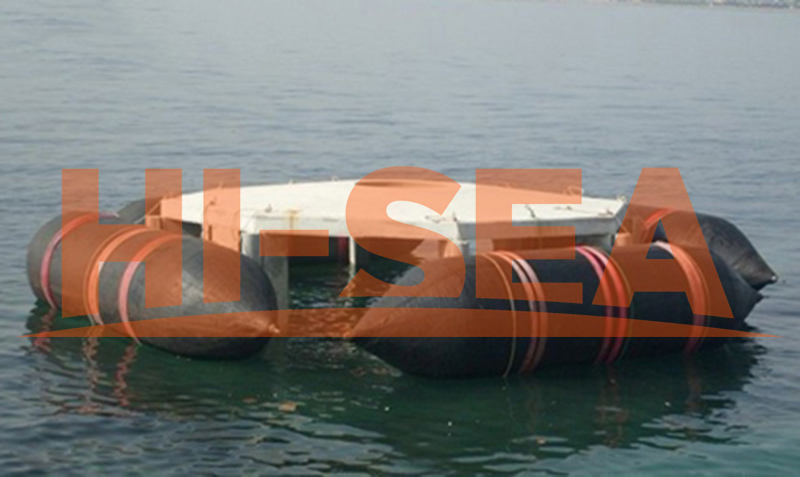
Advantages of Marine Salvage Airbag:
. Not easy to be affected to wind and wave;
. Easy to transport and store while the airbags are deflated;
. Super-high tensile strength;
. Excellent resistance against abrasion and scratch;
. Low maintenance;
. High flexibility and cost effectiveness.
Structure Drawing of Marine Salvage Airbag:
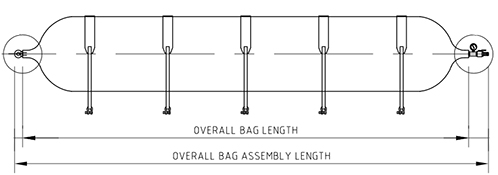
Application:
Effective Length (m)
Marine Salvage Airbags Buoyancy (tons)
D=1m
D=1.2m
D=1.5m
D=1.8m
D=2m
5
3.93
5.65
8.84
12.72
15.71
6
4.71
6.79
10.6
15.27
18.85
7
5.5
7.92
12.37
17.81
21.99
8
6.28
9.05
14.14
20.36
25.13
9
7.07
10.18
15.9
22.9
28.27
10
7.85
11.31
17.67
25.45
31.42
11
8.64
12.44
19.44
27.99
34.56
12
9.42
13.57
21.21
30.54
37.7
13
10.21
14.7
22.97
33.08
40.84
14
11
15.83
24.74
35.63
43.98
15
11.78
16.96
26.51
38.17
47.12
16
12.57
18.1
28.27
40.72
50.27
17
13.35
19.23
30.04
43.26
53.41
18
14.14
20.36
31.81
45.8
56.55
. Temporary transportation device;
. Shipwreck salvaging;
. Floating bridges;
. Dock construction.
Pictures of Salvage Airbag:
